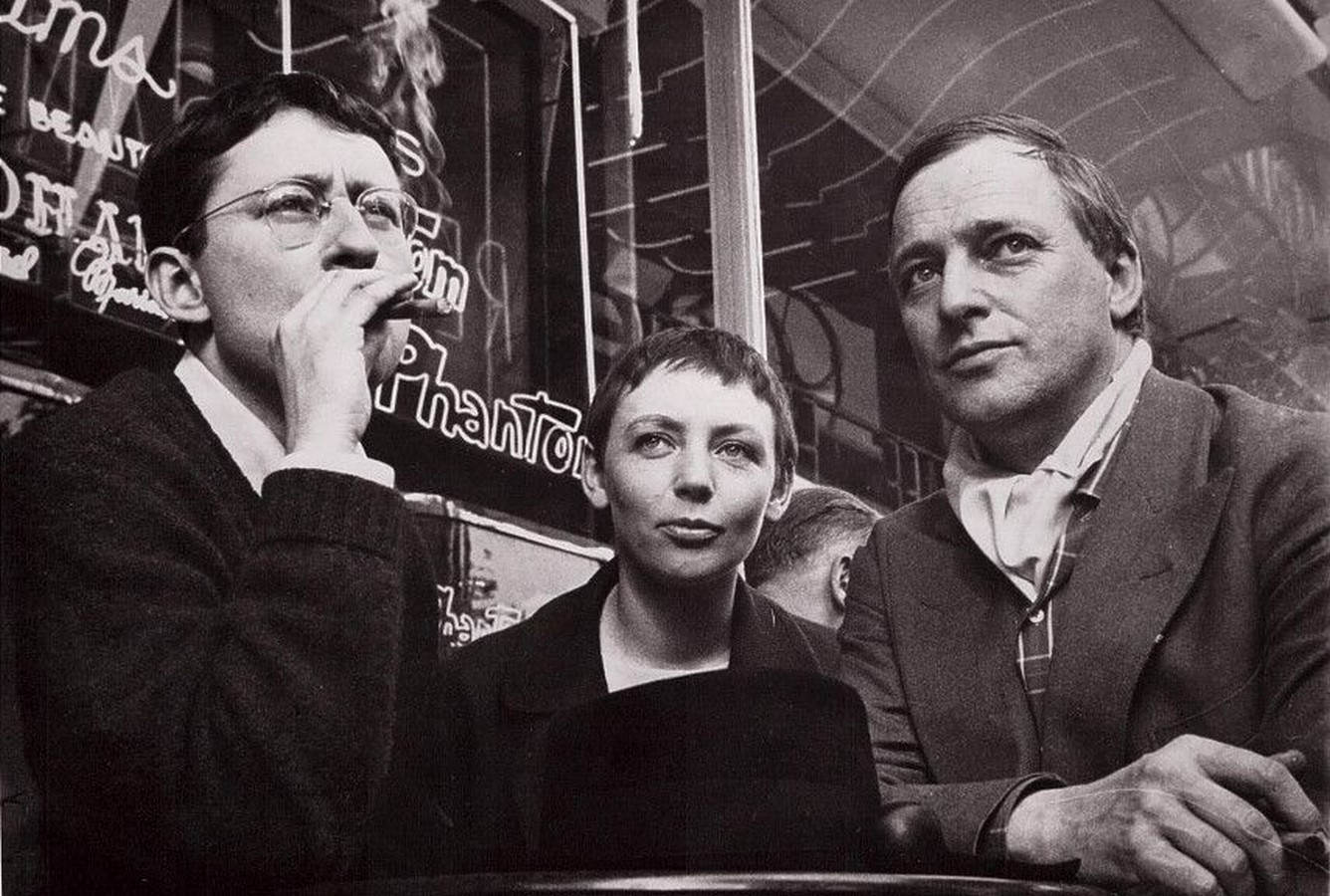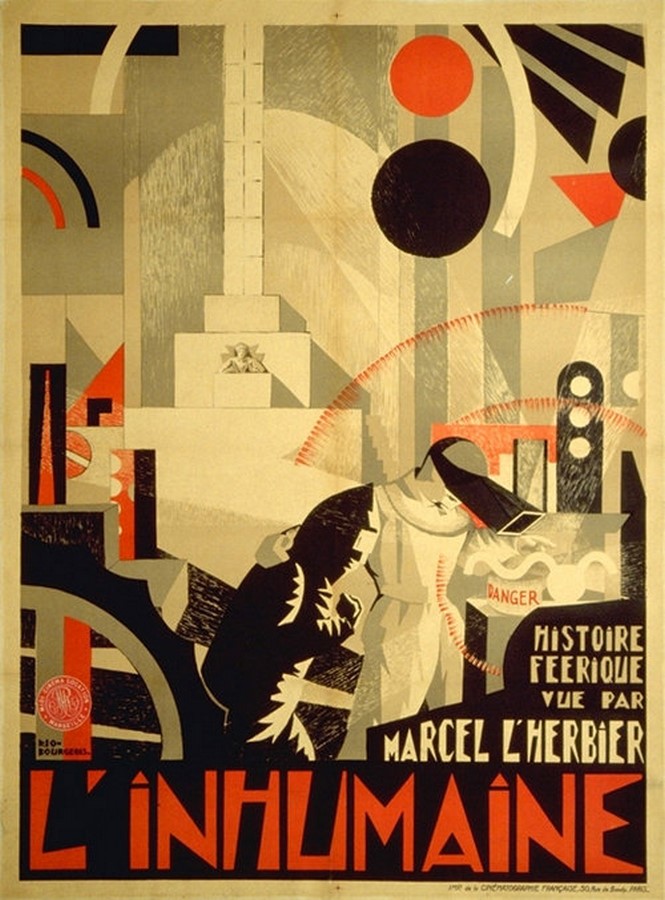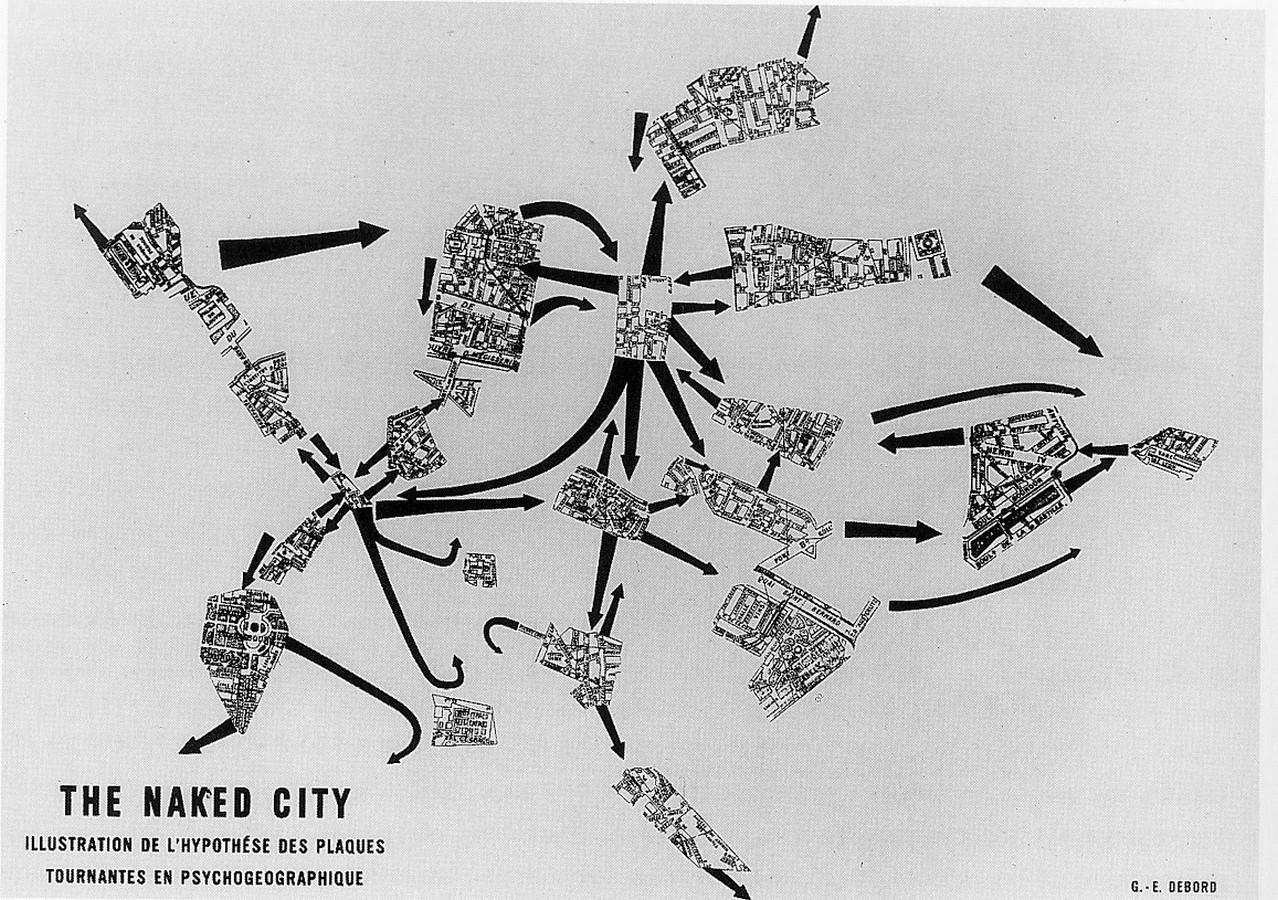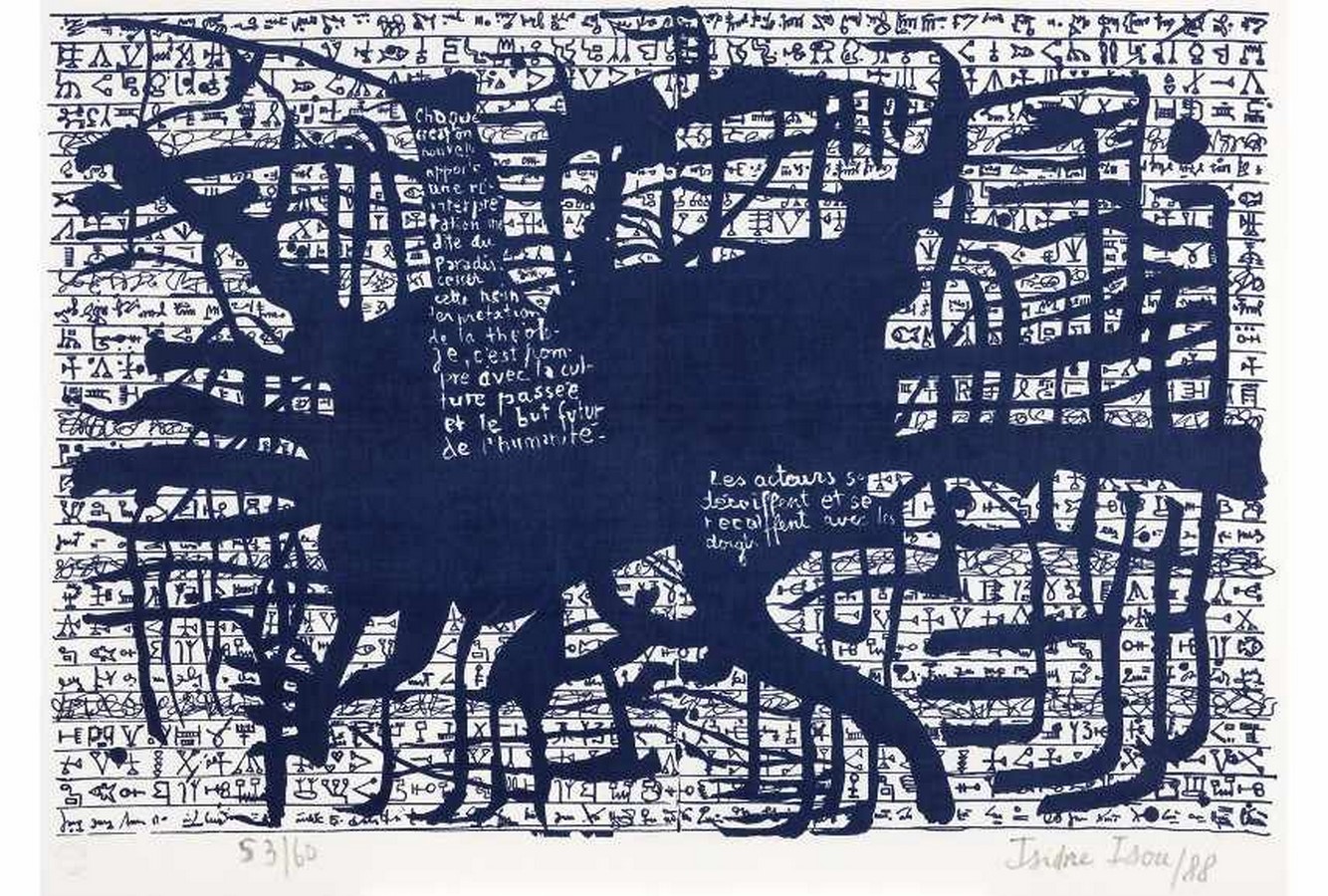The Situationists
From the years 1957 to 1972, a group of exceptional philosophers and artists came about, who called themselves the Situationists. Their ideas and debates about society as a whole significantly influenced how people think about politics, community, and art today. The Situationist International and its significant views on urbanization, revolution, and spectacle are frequently linked to this fairly unconventional collection of intellectuals and activists, whose activities were mostly focused in France throughout the 1950s and 1960s. A critical assessment of contemporary society and its impact on individual and social awareness was at the core of the Situationists’ theory. They thought that the true human experience and creativity were being undermined by the capitalist system, with its consumer culture and alienating metropolitan environs. They took it upon themselves to create changes that would upend the routine of daily life and awaken people to the possibility of true freedom to combat this. They thus took to mapping the city as an important way to analyse its happenings.

Politico-cultural Culminations
With authors like Jean-Paul Sartre and Albert Camus, the existentialist school of thought emphasized personal freedom, the need to reject conforming to larger societal powers, and an emphasis on true existence. These concepts jibed with the Situationists’ later focus on authenticity and personal freedom. The Situationists were significantly influenced by the Surrealist movement, which had its origins in the early 20th century. The surrealists pushed the bounds of art by examining the illogical and unconscious components of human experience. This explains their need to map the urban context. Thus bridging the gap between art, culture, physical context, and politics of the time. The Situationists’ approach to culture and art was influenced by this attitude of revolt and study of the subconscious. In their opinion, “the freedom to select what to purchase, has taken the place of the freedom to choose how to live”. They felt one truly lived their life when one decided to break free from the shackles of capitalism. This was in tandem with the idea drawn from Karl Marx’s ideas of commodification and the fetishism of commodities.

Psychogeography as a Lens
One of the most well-known concepts developed by the Situationists is called psychogeography. It refers to the study of how urban and physical environments affect human behaviour, feelings, and experiences. This name combines “psycho and geography,” the study of the physical and social features of locations, with “psycho,” referring to psychology and the mind. A few concepts within this larger topic are still used in today’s time, especially by architects, as a way to map the urban context. The “derive” is a fundamental practice that entails going on impromptu, unplanned excursions or travels across urban surroundings, led by chance and intuition rather than predetermined paths. To see the city in a fresh, unfiltered way, free from the limitations of maps and routines, is the aim. According to this theory, what may appear random is a subconscious response to how the city’s infrastructure and politics impact our lives.

Multi-dimensional Cities
This eventually connects to perceiving the city as not a collection of utilitarian spaces but a labyrinth of experiences filled with hidden meanings and discoveries. It instead becomes a collection of stories and activities thus subverting the conventional urban planning. One instead looks at creating a more intimate connection with the city and seeks to find the hidden poetry and mysteries lying within. This might lead to creating emotional or experiential maps instead of true geography or civil cartography. These maps can emphasize locations that are happy, sad, exciting, or boring and offer a distinctive viewpoint on the urban environment. They demonstrate how various people may have various feelings and experiences in the same physical environment. The same spaces might reveal themselves differently for different people inhabiting them, adding to the multi-layered and multi-sensorial nature of cities.

Detournement and the Spectacle
The ubiquitous and shallow character of mass media, advertising, and consumer culture in capitalist nations was also described by the Situationists as “the spectacle”. They said that the spectacle served as a tool of social control that commodified daily life and turned people into mindless consumers of goods and images. The Situationists responded by calling for the “détournement” of these components, which entailed taking and undermining already-existing cultural and media artifacts to disclose their actual, subversive implications. Many of these concepts were developed by Guy Debord, one of the major members of the Situationist movement, in his seminal book “The Society of the Spectacle” (1967). In this piece, Debord contended that modern society had devolved into a spectacle, an environment where outward appearances concealed exploitation and alienation on the inside. He urged the development of circumstances that would upend the spectacle and enable people to rediscover their true passions and creative abilities.

In conclusion, the Situationists were a collection of thinkers and artists who criticized the dehumanizing impacts of contemporary capitalism and worked to develop new paradigms for interacting with and understanding the world. Those who challenge the prevailing paradigms of consumer culture and urban alienation continue to find resonance with their theories, which are centered on psychogeography, spectacle, and the derived. Even though the Situationist International was only active for a brief period, its influence on politics, art, and culture has persisted through several countercultural movements and continues to serve as an inspiration for those who want to escape the confines of spectacle and reclaim real human experience.
References:
Sadler, S. (1998) Situationist City. Massachusetts, USA: MIT Press.
Wark, M. (2019) In the footsteps of the Situationists, ArtReview RSS. Available at: https://artreview.com/ar-october-2017-feature-situationists-mckenzie-wark/ (Accessed: 02 October 2023).
Pinder, D. (1996) ‘Subverting cartography: The situationists and maps of the city’, Environment and Planning A: Economy and Space, 28(3), pp. 405–427. doi:10.1068/a280405.
















